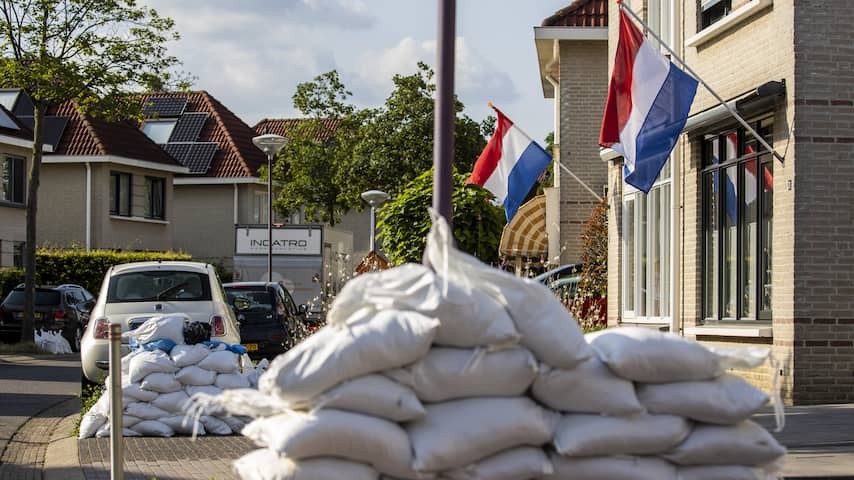
According to scientists, the Netherlands must better prepare for growing climate risks. The existing soil and water systems are reaching their limits. The government must now make decisions, and citizens and companies cannot sit back.
“Climate change is no longer something of the future. We are already in the middle of it,” says Marjolijn Haasnoot of knowledge institute Deltares. She is a leading water and adaptation scientist.
Haasnoot refers to the current persistent drought as a harbinger of the future. The Dutch climate will become warmer, wetter, drier, and more erratic in the coming years.
The country is not yet well-equipped for a future of growing climate risks. Sea-level rise, land subsidence, salinization, drought, urban heat islands, and the availability of fresh water. These are all challenges described in the latest advice from the Scientific Climate Council (WKR).
The group of scientists, including Haasnoot, advises the government on pressing issues such as climate, environment, and spatial planning. They worked for a year on the report Adapting to the Climate on climate adaptation. The main message: don’t sit still, but make decisions.
The Netherlands has knowledge and experience, but time is running out
Currently, we can deal with challenging circumstances fairly well in the low-lying delta that is the Netherlands. There is historical experience with adaptation to the environment – such as the Delta Works – and therefore a lot of technical knowledge in-house. And also not unimportant: there is money in the government pot.
Together, this creates a good starting position for a safe and liveable society. At the same time, it makes the Netherlands vulnerable. Society is increasingly under pressure from climate change. The government must dare to make clear choices to make the country more climate-resilient in the coming century, according to the advice of the Climate Council.
For example, about land use and spatial development: which areas do we use for agriculture, which for nature, and which for housing? Is it wise to build in a low polder? What do we use our sandy soils for? How do we deal with water? Will we still flush our toilets with drinking water in the future? And where do you place high-voltage pylons?
The scientists warn that the soil and water system may become congested if the government does not make timely decisions on these types of issues. Moreover, the social costs are increasing significantly: the later action is taken, the more expensive adaptation becomes.
Ultimately, there is only one solution
The scientists emphasize that there is only one decisive solution that prevents the most climate damage in the short and long term: stopping the emission of greenhouse gases. But even then, the Netherlands cannot escape climate adaptation.
According to the scientists, the current political reality of a fallen cabinet is no reason not to continue. Caretaker or not, a new national government strategy for adaptation must be in place next year.
What can citizens and companies do?
In addition to the government, the scientists also call on citizens and companies to do their bit. Small measures around homes or business premises, such as removing tiles, saving water, or sun protection, can make a big difference on a small scale.
The Council also advocates for more and more accessible climate information. It must be clear to everyone what the risks of flooding, heat, or foundation problems are when buying or renting a home or business space. And that way, people can make informed choices, and banks and insurers can better assess the risks.